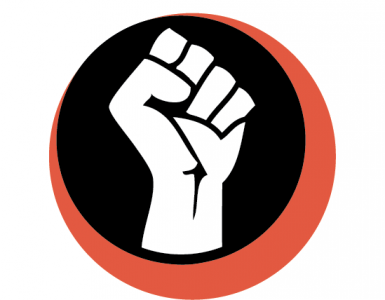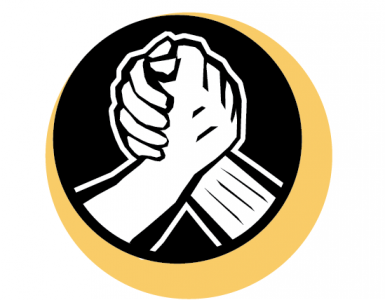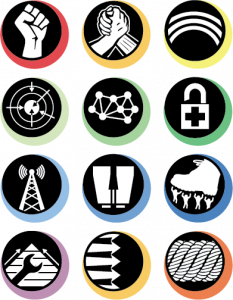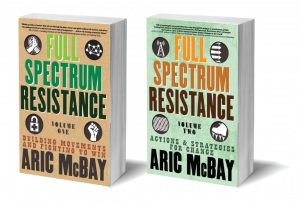What rules and practices do groups use to stay secure, to protect themselves, and to limit infiltration and destructive people?
In a nutshell: Resistance movements are a threat to power and must consciously protect themselves from external repression and infiltration; they also have to keep their members safe from internally damaging or disruptive people; history shows us many tools for accomplishing this, and also demonstrates what happens when we fail to use those tools properly.
| In this chapter: | |
| Brandon Darby – A brash and militant activist pushes his way into the leadership of post-Katrina organizing in New Orleans; he bullies people to get his way, and some end up in jail before it’s revealed that the FBI is also involved. (p. 245) | |
| Tools for Security – History offers us a wide array of tools to make our movements safer and more secure; some historical movements learned these things the hard way. (These tools include: security culture, keeping a low profile, careful communication, screening, compartmentalization, operational security, active counterintelligence, safety and care, and safety in numbers.) (p. 248) | |
| The African National Congress – The movement for South African equality and freedom is forced underground in the 1960s; some of the methods they adopt are brilliant, but others prove catastrophic. (p. 261) | |
| The Black Panther Party – The Black Power movement wins substantial gains, but also struggles to deal with police repression externally, and misogynistic violence internally. (p. 272) | |
| The Weather Underground – A radical group moves underground to fight against the imperialist state; their separation maximizes security, but do they become too isolated? (p. 277) | |
| Security and the Green Scare – A series of environmental and animal rights groups show lessons and dangers of organizing in the modern surveillance state. (p. 282) | |
| Safety and Difficult People – Sometimes the problem isn’t police repression, but difficult or dangerous people within our own movements; practical tips and considerations for dealing with them. (These include: firmly establish community norms, anti-oppression training, introspection, good facilitation, and also some responses to continued bad behaviour.) (p. 293) | |
Movements and groups in this chapter:
Featured: Common Ground (NOLA), African National Congress / MK, Black Panther Party, Weather Underground, Environmental Liberation Front, Animal Liberation Front. Discussed: Stop Huntingdon Animal Cruelty. Mentioned: Republican National Convention Protests, South African Congress of Trade Unions, PAIGC, The French Maquis, Students for a Democratic Society.






